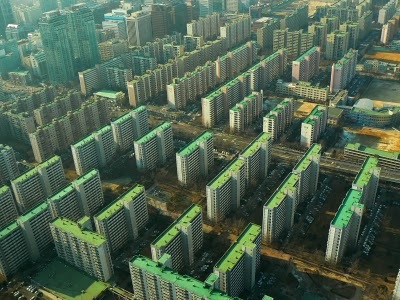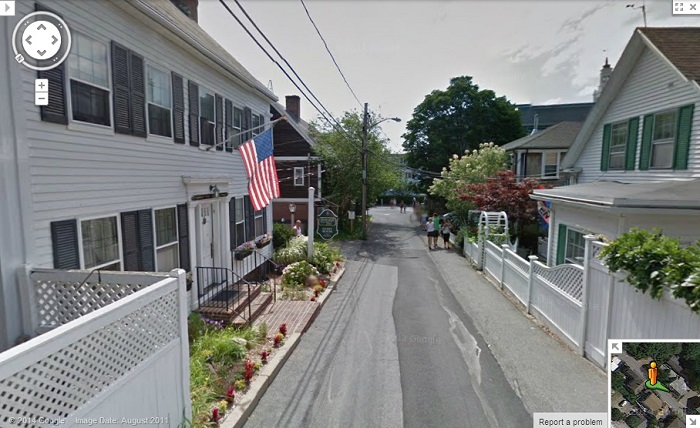Surprising Approaches To Achieving Density
In an essay I wrote a while back — "Building Dense Does Not Have to Be Dense" — I compared two directions we can take to achieve density: the Le Corbusier Model (which advocated for large-scale high-rise buildings and wide roads) versus the Provincetown Model (a community with many small homes built close together).
I prefer the Provincetown style density. In a Strong Towns podcast episode last summer featuring Scott Beyer of the Market Urbanism Report, it was interesting to listen to a similar debate play out, with Chuck Marohn (podcast host) and Scott considering towers, height limits, and economics.
The Brickell Neighborhood of Miami
In the podcast, Scott was holding up Brickell in Miami as a model neighborhood to achieve economic prosperity and density. I have no doubt that compared to the surrounding single family homes, Brickell generates incredible tax revenue per acre. My main concern with pursuing the Brickell model is the inflexibility and high cost of entry that comes with building around large towers on huge lots.
Aerial view of Brickell.
What 27,302 people per square mile looks like at street level.
We can criticize the walkability, aesthetics, and safety of building a neighborhood of stroads and towers, but I’m going to focus purely on economics. Building a tower is expensive; the cost of construction is in the hundreds of millions of dollars (goodbye, small developers), and the larger the project, the more expensive it is to adapt or rebuild for the next generation of owners of that parcel of land.
Condominiums can get around the concentration of ownership, but large condominiums pose their own problem; you are locking your city into having this building permanently because they are nearly impossible to redevelop in the future. In most cities, to redevelop a 250 unit condominium, you'd have to purchase all 250 units at market rate.
Union City, New Jersey
I’m not anti-towers, but building up is not the only way to achieve density. Brickell achieves a population density of 27,302 people per square mile. In contrast, Union City, New Jersey has a population density of 51,810 people per square mile (89% higher) without resorting to towers.
Aerial view of Union City.
What 51,810 people per square mile looks like at street level.
Most buildings in Union City are low-rise (two to four stories) plus a handful of midrises, all on on small lots. There are many single family homes, and many small-scale apartment buildings and condominiums with a single digit number of units. The cost of developing one of these buildings is within the range of a mortgage for a middle-class family.
The 11th Arrondissement of Paris
You can achieve extremely high population densities before having to build up. The 11th arrondissement of Paris houses an astounding 110,000 people per square mile (4x that of Brickell and 2.1x that of Union City) without building up.
Aerial view of the 11th arrondissement of Paris
What 110,000 people per square mile looks like at street level.
Upper East Side of Manhattan, New York
The most densely populated zip code in the United States is 10162 in the Upper East Side of Manhattan with 151,835 people per square mile (5.6x that of Brickell and 2.9x that of Union City). Tall buildings make sense at these high densities, but you can tell they started with mid-rise buildings similar to the Union City development pattern, with every few properties redeveloped over the century into taller towers. That’s a much more incremental transition than jumping straight to towers from parking lots and single family homes.
Aerial view of 10162 in Manhattan.
What 151,835 people per square mile looks like at street level.
Again, I'm not against towers, but I want to show you that there are cheaper, more adaptable, and more economically inclusive development patterns that achieve high population densities without having to jump straight into high-rise towers financed by big banks and built by huge development companies. The secret starts with looking at the development pattern’s granularity.















In historic cities, land was treated as a scarce resource and every inch of it was used with ingenuity. This created productive and charming places that could meet the evolving needs of residents. Here are a few ways we can bring that traditional productivity and adaptable charm to modern cities.